No products in the cart.

1. Introduction:
In 2025, the American agricultural landscape is undergoing a transformation powered by artificial intelligence and drone technology. For U.S. farmers seeking to boost yields and stay competitive, AI drones in agriculture are no longer futuristic, they’re essential tools in everyday operations. From large-scale cornfields in Iowa to vineyards in California, drones equipped with AI are enabling smarter, faster, and more efficient farming decisions.
Traditionally, farmers relied on manual inspections and gut instincts to manage crops. But in an era of climate unpredictability, labor shortages, and rising input costs, that’s no longer sustainable. Enter smart farming, where precision agriculture tools like AI drones are leading the charge. These machines capture high-resolution data, analyze it in real-time, and help farmers act before issues become costly.
This article explores the top five ways U.S. farmers are using AI drones to boost yields in 2025, shedding light on how this powerful combination of aerial insight and machine learning is redefining modern farming. Whether you’re a smallholder farmer or managing hundreds of acres, understanding how drone technology in farming is evolving could be your next big advantage.
2. Crop Monitoring & Imaging
One of the most impactful ways U.S. farmers are using AI drones in 2025 is through advanced crop monitoring and imaging. These smart farming systems use AI-powered drones equipped with multispectral and thermal sensors to scan entire fields in minutes, providing farmers with real-time crop data that was previously difficult or time-consuming to obtain.
Unlike traditional scouting, which is limited by human reach and time, drone surveillance can detect subtle signs of stress, nutrient deficiencies, or disease at an early stage. AI algorithms analyze this data instantly, producing NDVI (Normalized Difference Vegetation Index) maps that help farmers spot issues long before they become visible to the naked eye.
This level of precision agriculture gives farmers the upper hand in managing their crops proactively. Whether it’s underperforming zones or areas needing irrigation adjustments, drone-driven crop monitoring helps optimize input usage, saving both time and money.
In a time where every drop of water and ounce of fertilizer matters, AI drones in agriculture are not just tools, they’re essential for increasing productivity and reducing resource waste. As technology continues to evolve, expect even sharper insights and more autonomous systems guiding the future of American farming.
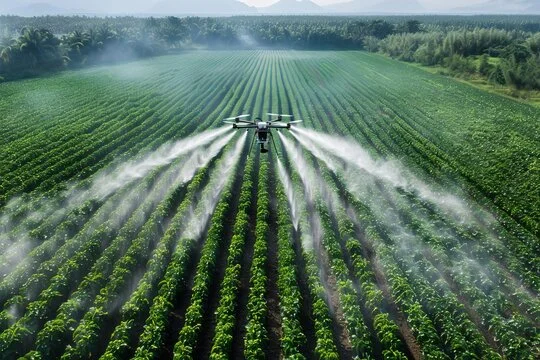
3. Precision Spraying & Fertilization
In 2025, precision spraying is revolutionizing how U.S. farmers apply fertilizers and pesticides, thanks to AI-integrated drones. These advanced AI farming tools don’t just fly over fields, they gather data and act on it in real-time, delivering targeted spraying only where it’s needed most.
Using GPS mapping and computer vision, drones identify zones with nutrient deficiencies or pest problems. Instead of blanket application across the entire field, drone fertilization enables variable-rate spraying, ensuring optimal plant health while minimizing input waste.
This smart approach helps reduce chemical usage by up to 30%, saving farmers money and protecting the environment from over-application. Plus, by avoiding crop overexposure, precision spraying supports better yields and healthier soil over time.
As labor becomes harder to find and input prices remain volatile, drone-driven fertilization offers an efficient, scalable solution for farms of all sizes. It’s not just about automation, it’s about smarter decision-making powered by real-time data and artificial intelligence.
By adopting these systems, U.S. farmers are stepping into a new era of farming efficiency, where every droplet of fertilizer or pesticide counts and sustainability aligns with profitability.
4. Soil Health & Field Mapping
Understanding what’s happening beneath the surface is just as critical as what’s above it. In 2025, field mapping drones are giving U.S. farmers unprecedented insight into soil health, enabling smarter planting and fertilization strategies.
Equipped with advanced sensors and AI, these drones perform detailed drone-based analytics, measuring soil composition, moisture levels, pH balance, and organic content across every inch of a field. This data is then turned into visual maps that help farmers make data-driven decisions on where and how to plant, water, and fertilize.
Healthy soil is the foundation of productive farming. By using precision farming tools to monitor and manage it, farmers can address problem areas before they affect yield. For example, identifying compacted zones early allows timely aeration, while detecting dry patches ensures targeted irrigation.
In this age of smart agriculture, improving soil health directly translates to better crop performance, higher profitability, and long-term sustainability. These mapping solutions are no longer reserved for tech-savvy farms, they’re becoming essential tools for everyday operations across the U.S.
The future of farming isn’t just high-tech; it’s high-touch, with AI and drones working hand in hand to improve crop yield from the ground up.
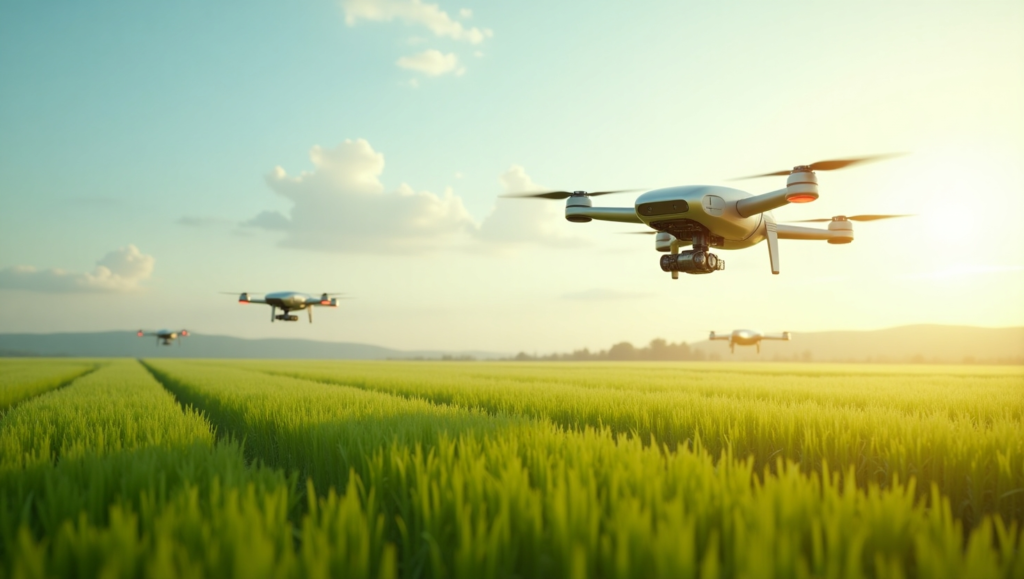
5. Pest & Disease Detection
AI-powered drones are transforming how U.S. farmers manage pest and disease detection. These drones can survey large fields in minutes, identifying potential threats that might otherwise go unnoticed until too late. Equipped with high-resolution cameras and AI algorithms, drones can analyze crop health and detect subtle changes that signal pest infestations or disease outbreaks.
By using drone technology, farmers can implement early pest control measures, reducing the need for broad-spectrum pesticide application and ensuring targeted treatments. Early intervention is key in preventing large-scale damage and minimizing crop loss.
These AI-driven pest surveillance systems also enhance agriculture pest management by allowing for more precise and timely responses. This results in healthier crops, reduced chemical use, and better environmental outcomes. Farmers can now act on real-time data, applying treatments only where they’re needed most.
As pest resistance to traditional chemicals grows, drones provide a sustainable alternative. They enable AI for farms, offering a forward-thinking approach to crop protection that’s both efficient and environmentally friendly. The ability to monitor and control pest populations more effectively is an essential component of sustainable agriculture in the modern age.
6. Predictive Yield Modeling
In 2025, predictive yield modeling is becoming an indispensable tool for U.S. farmers using AI-powered analytics. By collecting vast amounts of real-time data through drones and other smart farming technologies, farmers can forecast crop yields with remarkable accuracy. These AI in crop forecasting systems analyze weather patterns, soil conditions, and growth trends, providing a comprehensive view of how crops will perform throughout the growing season.
With the help of precision farming techniques, predictive models enable farmers to make informed decisions long before harvest time. This can include adjusting irrigation schedules, optimizing fertilizer application, and managing crop rotations. By relying on data-driven farming, farmers can maximize their resources and prevent overuse of inputs.
The result? More accurate crop yield forecasting that leads to better planning and less waste. These models not only help farmers plan financially, but they also support sustainability by reducing unnecessary resource consumption.
AI in agriculture is opening doors to a more data-centric approach, where decisions are made based on facts rather than estimates. As these predictive systems evolve, they will continue to drive smarter, more efficient farming, ensuring that U.S. farmers are prepared for whatever challenges the season may bring.

7. Conclusion: Embracing the Future of Farming with AI Drones
As we move through 2025, AI drones are becoming indispensable tools for U.S. farmers aiming to increase crop yield and embrace smart farming. These cutting-edge AI-powered farming tools enable farmers to enhance their operations by providing real-time data and actionable insights into every aspect of farming, from crop monitoring and soil health to pest management and yield predictions.
The integration of precision agriculture techniques has allowed for more sustainable, efficient, and cost-effective farming practices, offering solutions that reduce resource waste while boosting productivity. As technology continues to evolve, the potential for AI drones to further revolutionize modern farming techniques is limitless.
U.S. farmers are leading the way in adopting these innovations, and their success with AI-powered drones shows the promise of sustainable agriculture and long-term profitability. Whether it’s through predictive yield models or precision spraying, the future of farming is here, and it’s tech-driven.
For farmers looking to stay competitive and thrive in an increasingly unpredictable agricultural landscape, embracing these technologies could be the key to success in the years to come.
FAQs:
Q1. How do AI drones help farmers boost crop yields?
AI drones provide real-time data on crop health, enabling precision farming practices that optimize resource use and maximize yields.
Q2. What are the benefits of using AI drones for crop monitoring?
AI drones allow for detailed monitoring of crops, detecting early signs of stress, disease, or nutrient deficiencies, leading to more efficient interventions.
Q3. How can AI drones reduce the use of pesticides and fertilizers?
AI drones enable precision spraying, targeting only affected areas, reducing chemical waste, and promoting sustainable farming practices.
Q4. Are AI drones suitable for small-scale farms?
Yes, AI drones are increasingly accessible to small farmers, providing scalable solutions for monitoring and managing crop health, even in smaller fields.
Q5. What is predictive yield modeling with AI drones?
Predictive yield modeling uses data collected by drones to forecast crop yields, helping farmers plan more accurately for harvest and resource allocation.
Related Articles
Crop Management
Can AI Predict Market Prices for Farmers? Here’s What You Need to Know
1. Introduction: Agricultural markets are notoriously unpredictable. One season, a bumper crop...
Crop Management
AI-Powered Crop Spraying Drones: Precision Agriculture in Action
1. Introduction: Farming has always been a race against time, pests, and...
Crop Management
Top AI Farming Startups in the U.S. to Watch in 2025
1. Introduction: Farming in the United States is undergoing a seismic shift,...
Crop Management
Why More American Farmers Are Adopting AI in 2025
1. Introduction: In 2025, the American agricultural landscape is undergoing a rapid...
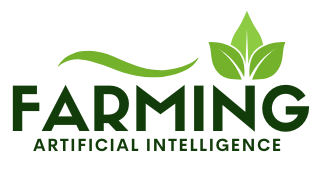


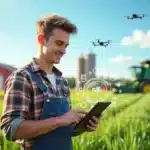

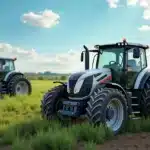

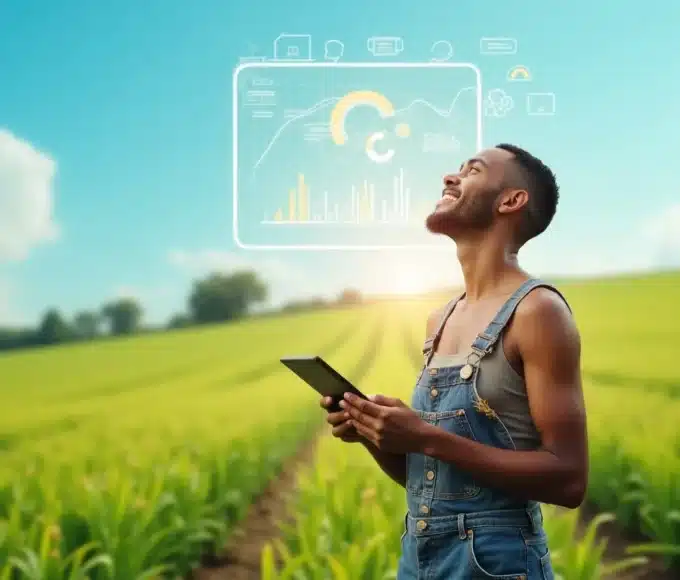
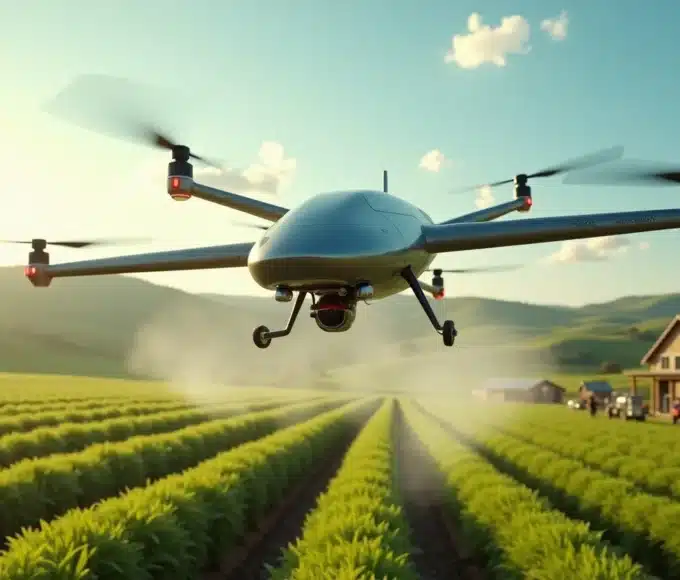
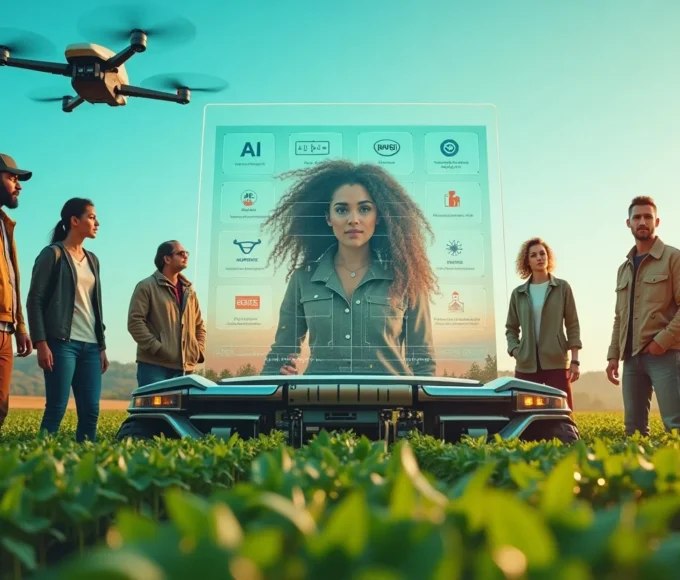

Leave a comment